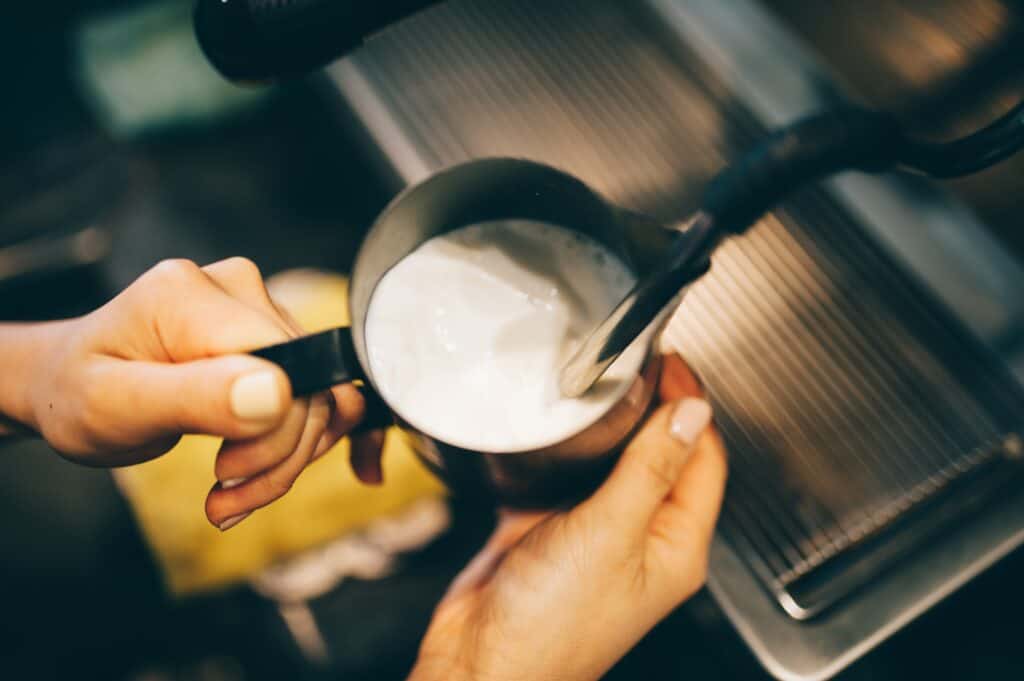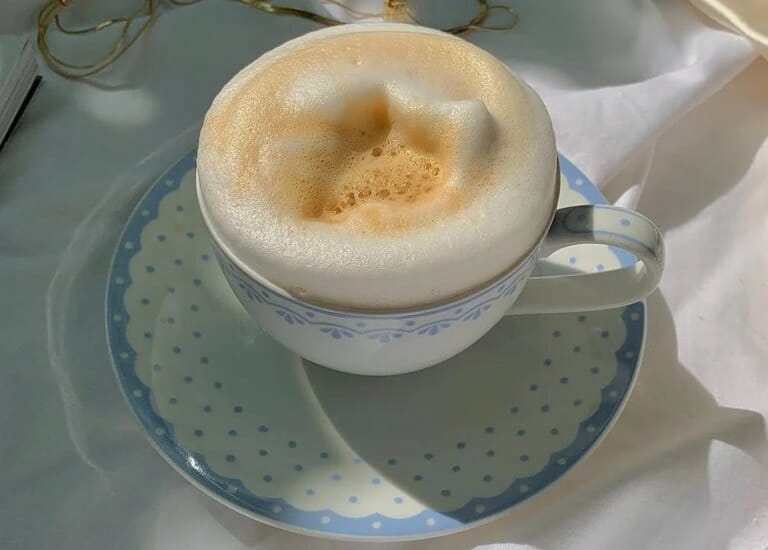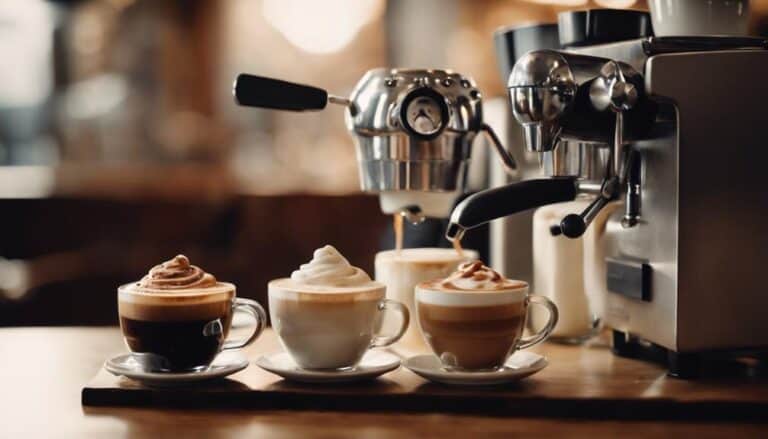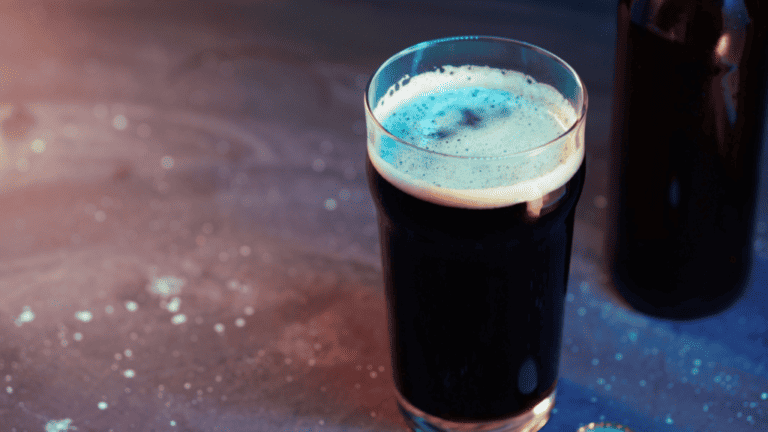The Art of Espresso: Wet Cappuccino vs. Latte – What’s the Difference?

In the world of coffee, there are some iconic drinks that have gained popularity among aficionados all over the globe. Cappuccinos and lattes are two such beverages that have captured the hearts and taste buds of coffee enthusiasts worldwide. But what’s the difference between a wet cappuccino and a latte? In this article, we’ll delve into the art of espresso to understand how these two drinks differ in terms of ingredients, preparation methods, texture, and flavor profile. So whether you’re an expert barista or just a coffee lover looking to expand your knowledge, keep reading for an insightful exploration into wet cappuccinos versus lattes.
The Ingredients: What Goes into a Wet Cappuccino and a Latte?
When it comes to crafting a cappuccino or latte, the ingredients play a crucial role. Both drinks contain espresso shots and steamed milk, but the key difference lies in the ratio of ingredients used. A wet cappuccino contains more milk than foam, creating a creamier texture with less froth on top. In contrast, lattes have a higher proportion of steamed milk to create a smoother texture and milder flavor.
In addition to espresso and steamed milk, some baristas may add syrups or flavors such as vanilla or caramel to enhance the taste profile of each drink. Cinnamon or chocolate powder can also be sprinkled on top for added aesthetic appeal. Ultimately, personal preferences dictate the type and amount of additional flavors used in these popular coffee beverages.
Overall, whether you prefer a wet cappuccino or latte will depend on your individual taste preferences. Understanding the differences between their respective ingredient ratios is just one part of appreciating these two iconic coffee drinks worldwide.
The Preparation: How Are Wet Cappuccinos and Lattes Made Differently?
To make a wet cappuccino, the barista starts by pulling a shot of espresso and frothing milk until it is velvety in texture but still has a good amount of foam. The foam should be spooned onto the top of the latte glass, followed by gently pouring the steamed milk to fill up the rest of the cup. A sprinkle of cocoa powder or cinnamon can then be added on top for extra flavor.
On the other hand, a latte is made using more steamed milk and less foam compared to a cappuccino. The shot(s) of espresso are pulled first before adding hot, frothed milk so that it blends well with each other to create an even consistency without any separation between layers. Additional flavors like syrup or spices can also be incorporated into lattes as per individual preference.
The key differences between these two popular coffee drinks resides in how much steamed/frothed milk versus foam they contain; while both deliver rich espresso taste combined with creamy richness from dairy products which makes them appealing amongst their fans all around the globe. engaged readers. High-end professional language expresses efficiently what to anticipate from this article and highlights its importance equally for experts as well as non-experts who want their knowledge about coffee fan favorites enriched!
The Texture: What Makes a Wet Cappuccino Creamier Than a Latte?
In the world of coffee, texture plays a crucial role in creating the perfect cup. With cappuccinos and lattes, the difference in texture can mean everything. The foam on top of a wet cappuccino is denser and creamier than that on a latte due to its ratio of steamed milk to foam. A latte has more steamed milk and less froth, resulting in a lighter, airier texture.
The composition of each drink also contributes to their respective textures. Cappuccinos are typically made with equal parts espresso, steamed milk, and silky froth. In contrast, lattes generally contain more steamed milk making it smoother but not as velvety as a cappuccino’s rich frothed-up goodness.
Overall, while both drinks may appear similar at first glance with their addition of creamy milk into caffeinated shots – it’s all about balance when trying to achieve that perfect texture for your chosen brew style; whether you prefer sweeping swirls or velvety smoothness – there’s always something new and exciting for java aficionados!
The Flavor Profile: How Do Wet Cappuccinos and Lattes Differ in Taste?
Cappuccinos and lattes are both popular coffee drinks that are made from espresso shots, steamed milk, and foam. The main difference between the two lies in their preparation method – a cappuccino typically has equal parts of espresso, steamed milk, and foam while a latte is predominantly made up of steamed milk with just a thin layer of foam on top.
When it comes to taste and texture, wet cappuccinos tend to be creamier and have a stronger coffee flavor compared to lattes due to the higher proportion of foam in the drink. In contrast, lattes have a smoother texture with a milder coffee flavor owing to the larger volume of steamed milk used. Additionally, different variations can be created by adjusting ingredients such as using non-dairy milks or adding flavored syrups or spices like cinnamon.
In summary, while both drinks share similarities in terms of ingredients and preparation methods, differences exist in ratios which affect texture and flavor profiles. Understanding these nuances will assist in making informed choices when ordering your next cuppa at your favorite café!
The Art of Steaming Milk: Tips for Achieving Perfectly Textured Milk for Your Espresso Drinks
The art of steaming milk is an essential skill for making perfectly textured espresso drinks. Achieving the right texture and consistency requires precision, patience, and practice. Some key tips for steaming milk include starting with cold and fresh milk, using a high-quality steam wand or pitcher to create froth, positioning the wand at a slight angle while steaming to incorporate air into the milk, and stopping once you reach the desired temperature.
Steamed milk plays a crucial role in creating signature espresso drinks like lattes and cappuccinos. A wet cappuccino typically has more foam than a traditional dry cappuccino since it’s made with less steamed milk. In contrast, lattes contain more steamed milk than foam, resulting in a creamier drink that highlights the flavor of the coffee. Knowing how to steam your milk properly can make all the difference when crafting these popular beverages at home or in your favorite café.

The Etiquette of Ordering: How to Ask for a Wet Cappuccino or a Latte Like a Pro
Asking for the perfect coffee can be a daunting task, especially if you’re new to the world of espresso. Whether you’re ordering a wet cappuccino or a latte, it’s important to understand the etiquette and terminology associated with each drink. A wet cappuccino is simply a cappuccino that has more milk than foam, resulting in a creamier and smoother texture. On the other hand, a latte usually contains more milk than espresso and is topped off with frothy milk foam.
When ordering your coffee, it’s important to be clear about your preferences but also respectful of the barista’s expertise. By indicating whether you want your cappuccino dry or wet – or extra hot or with an additional shot of espresso –you’ll ensure that your order reflects exactly what you’re looking for in terms of taste and texture. However, remember to ask gently rather than barking orders at the barista; politeness goes far in creating an enjoyable experience for both parties involved.
In conclusion, mastering the art of ordering coffee requires not just knowledge but also good manners. With these tips in mind when asking for your favorite drink (be it wet cappuccinos vs lattes), you’ll impress even seasoned baristas with how smoothly and professionally you handle yourself while getting precisely what you desire out from every cup!

The Verdict: Which One Is Right for You? Wet Cappuccino vs Latte
When it comes to choosing between a wet cappuccino and a latte, there are some key factors to consider. Firstly, both drinks contain espresso shots as their base ingredient, with milk added afterwards. However, the primary difference lies in the ratio of steamed milk and foam used in each drink. A wet cappuccino typically has equal parts coffee, steamed milk and foam resulting in a creamy yet dense texture while lattes have more steamed milk than foam which creates a smoother consistency.
In terms of flavor profile, wet cappuccinos tend to offer a stronger taste of coffee due to the reduced amount of milk used compared to latte counterparts. Moreover, because less whole milk is needed for making this signature beverage–both dairy-free or animal-milk substitutes can be viable choices like soy although if you use almond then less frothing will be created. When ordering your next caffeinated creation it’s essential to understand what type suits your needs best by taking into account these factors mentioned above; ultimately allowing you make an informed decision about which one is truly right for you!






One Comment